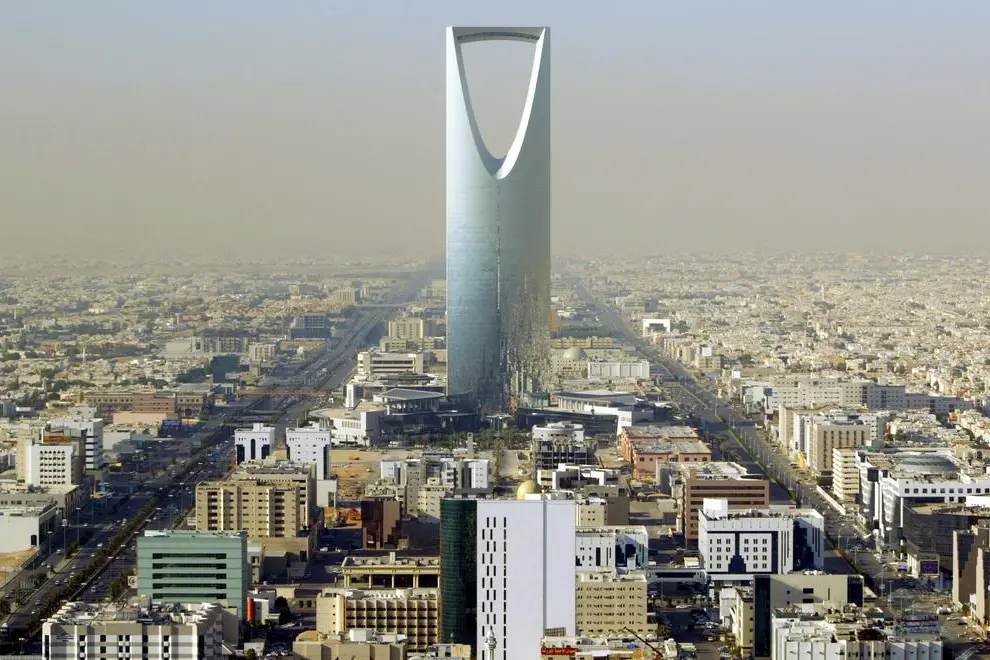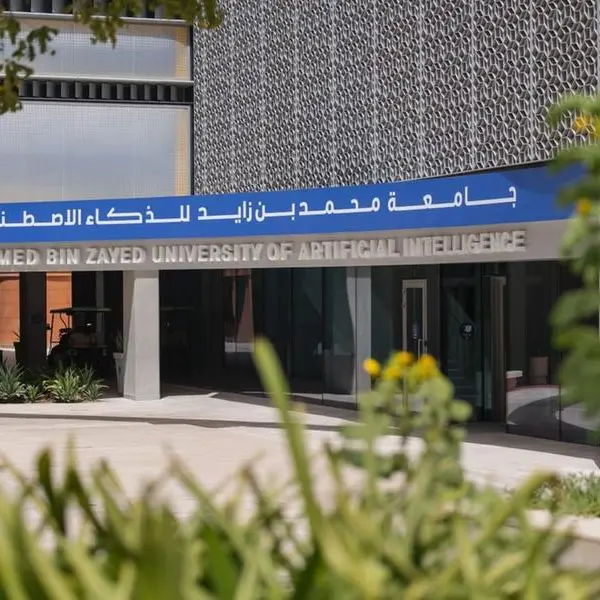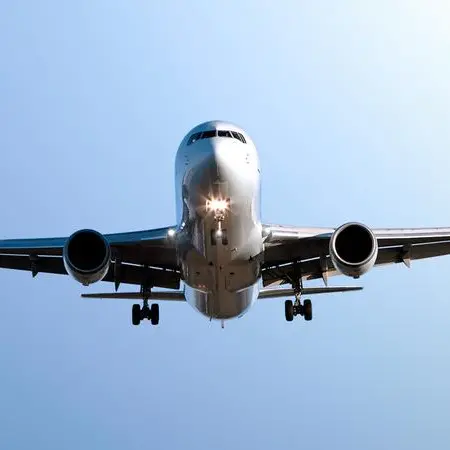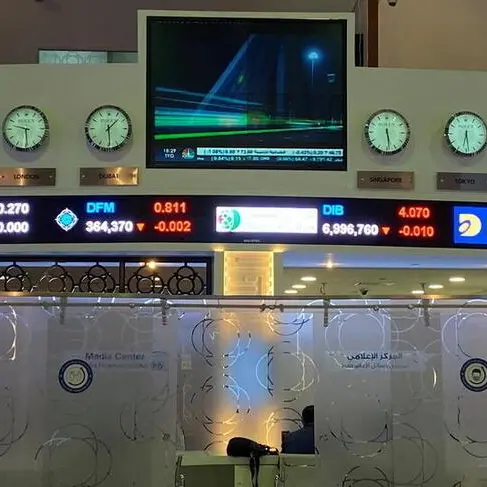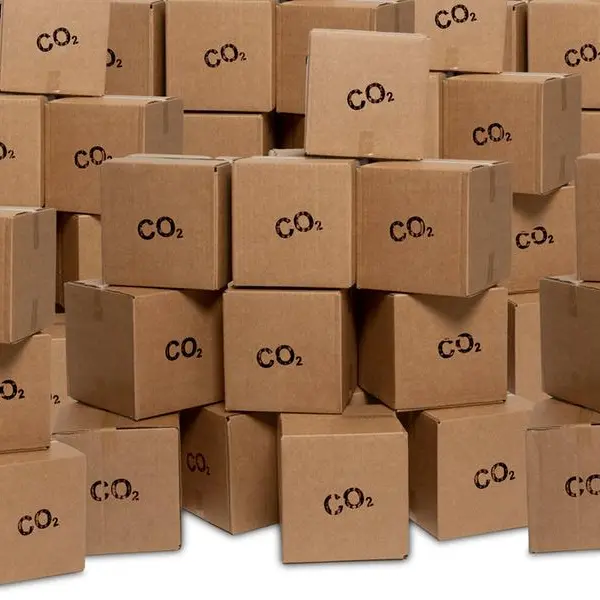PHOTO
Although privatisation efforts in Saudi Arabia have slowed, due partly to a fear of having to lay off nationals, a number of deals currently in the pipeline are likely to be completed in 2019, a new report by global law firm Hogan Lovells said.
“In early 2019, geopolitics will continue to dominate discussion around Saudi Arabia, but as the year goes on, the Saudi government is expected to get into fifth gear in terms of Vision 2030, completing a number of privatisation sales and PPP projects by the end of the year,” the report said.
As the pieces of the investment framework gradually come into place in the kingdom, deals should start to flow, according to the report.
“Privatisation is really the ‘hot cake’ now with the government declaring that it wants to generate between $9 billion and $11 billion in revenue by 2020 through it, thereby creating along the way as many as 12,000 jobs,” Saad Alrashed, Partner at Hogan Lovells Saudi Arabia told Zawya in emailed comments.
The sale of state assets is expected to occur mostly in energy, utilities, hospitals, and sports clubs, with entities in the power and utilities sector set to be privatised first, according to Alrashed.
Yet he noted that two key obstacles that stand in the way of pushing privatisation forward in Saudi remains the regulatory framework and enhancing the economic viability of privatised assets.
“Much of the inertia blocking privatisation comes from a fear of having to lay-off nationals when existing assets are sold,” the report said.
In April last year, Saudi Arabia announced the official launch of the nation’s Privatisation Program (NCP), with the initiative targeting 14 public-private partnership (PPP) investments worth between $6.4 billion-$7.5 billion.
“For non-payment risk mitigation for international investors in PPP deals, the established newly 'spinned off' Specialized Commercial Courts with official judicial powers will deal much more efficiently with this matter, as it avoids the onerous classic path of formal litigation,” Alrashed noted to Zawya.
The NCP document detailed the plans for the period ending in 2020, and listed privatisation of the national football league, flour mills, and part of Saudi Saline Water Conversion Corp as early goals. It will also work on turning King Faisal Specialist Hospital and Research Centre into a non-profit organization, corporatising ports, and privatising some transport services. (Read more here).
Saudi Arabia had said previously that it plans to raise around $200 billion through privatisation programs as part of “Vision 2030”, and to raise another $100 billion through a 5 percent stake sale in state oil firm Saudi Aramco.
In December last year, Saudi General Authority of Civil Aviation confirmed to Zawya that Jeddah airport will be privatised in the first half of 2019, as part of a larger plan by the kingdom to corporatise its airports, with transport being identified as a priority sector in the overall privatisation reform plan. (Read more here).
However, sources told Reuters in April last year that the privatisation plans for King Khaled International Airport in Riyadh, the second biggest airport in the kingdom, had been put on hold. (Read more here).
Last month, a Saudi official told Reuters that soccer clubs’ privatisation could also be delayed beyond the target date of 2020, in the latest setback to the planned sale of state assets. (Read more here).
The kingdom had last year stalled plans to sell shares in energy giant Aramco, the world’s biggest oil producer, but said an initial public offering will still take place by 2021. (Read more here).
Plans to sell flour mills are still moving ahead as the state grain buyer SAGO started to accept applications for qualification of potential interested investors in August last year. (Read more here).
Nevertheless, Hogan Lovells report warns that “if large-scale foreign and private sector investment fail to materialise, there is a chance that the government will opt to redirect sovereign wealth fund resources back home to tackle the need for job creation, rather than – as planned – investing the surplus abroad to diversify and mitigate oil shocks.
“That would be suboptimal and crowd out the private sector, but it would help to tackle the urgent issue of unemployment that the government has promised to reduce in 2019,” the report said.
The jobless rate among Saudis hit a high of 12.9 percent in the first and second quarters of last year, the highest level recorded since 1999, as private sector employers faced challenging market conditions which included the introduction of value-added-tax at the beginning of 2018 as well as the removal of fuel price subsidies. (Read more here).
Unemployment numbers showed a slight improvement in the third quarter, however, edging down to 12.8 percent, according to the latest General Authority of Statistics report. (Read more here).
Further reading:
- Saudi says it will offer series of privatisation deals by March
- Privatisation process begins for Saudi flour milling sector
- NCP privatization program to contribute to Saudi Arabia's economic growth
- Saudi Arabia builds over 71,000 houses under PPP model
- Saudi PPP law to spur investment surge
(Reporting by Nada Al Rifai; Editing by Michael Fahy)
(nada.rifai@refinitiv.com)
© ZAWYA 2019
